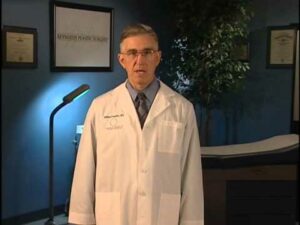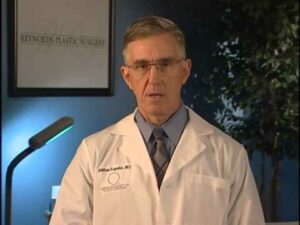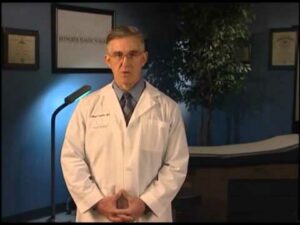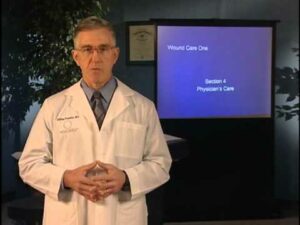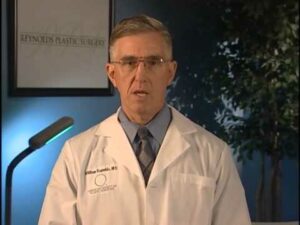Wound Care Team
Anyone can be trained to care for a wound, from a physician, to a family member, to the patient themselves. The paradigm for wound care should be centered around anyone able to give care, not just the physician.
Transcription A major step of basic wound care is the application of dressings. The best analogy for use in dressings is found in our military. The Navy is called the Layered defense of the carrier battle group. The aircraft carrier leads the carrier battle group, the carrier is protected in layers. If an enemy wants…
Post-operative care is very similar to pre-operative care. Using the doctors instructions, your goal as a caregiver is to maintain the patients health and a clean and protected wound environment, which promotes healing. Remember that two of the three phases of care require you as the caregiver to follow the doctor’s directions in a manner…
When the patient is ready for surgery or in-office care, the technical skills of the surgeon and the surgical team come into play. Surgery upon wounds may include debridement, which is the surgical cleansing of the wound, primary closure, skin grafts, skin flaps, muscle flaps, or free flaps. While in-office care may include debridement and simple closure.
Preoperatively, the patient is prepared for surgery. This is the history and physical examination, the HNP. The HNP is the physicians greatest ally. The HNP consists of the history of present illness, past medical history, past surgical history, current medicines, allergies, family history, social history, review of systems, and the physical examination itself. Knowing the current…

